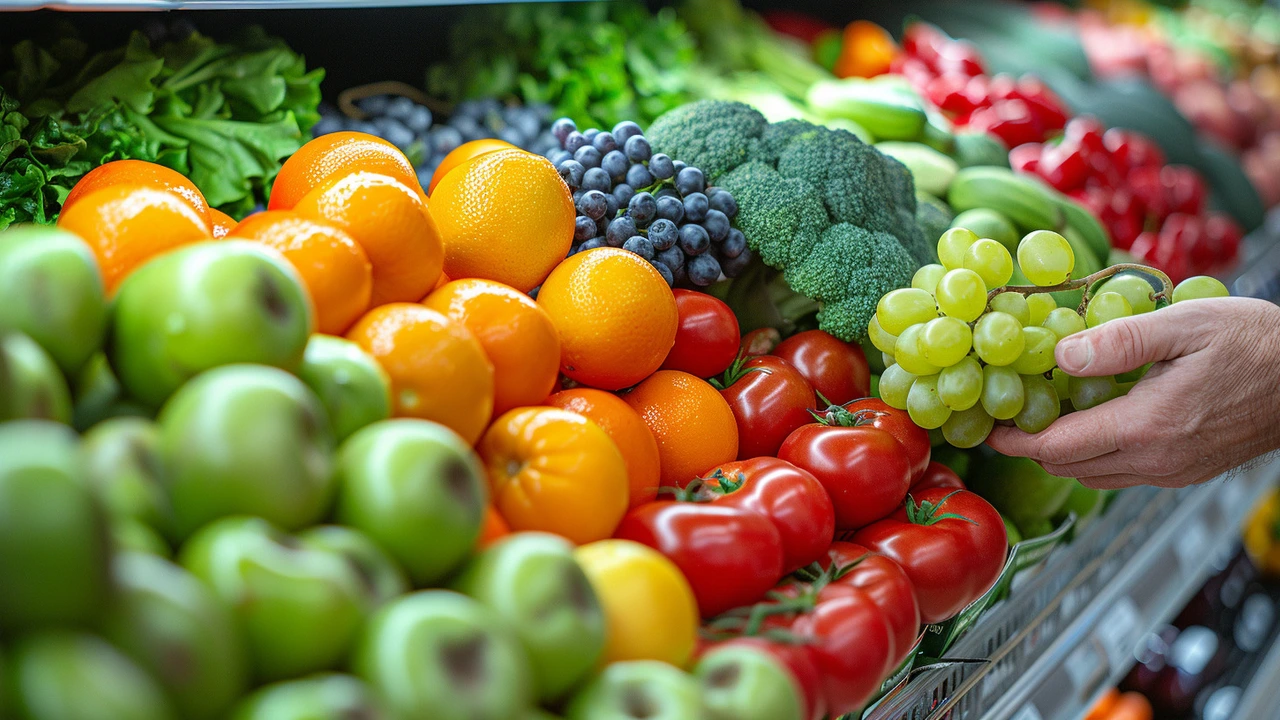Understanding the Basics of a Healthy Diet
Before we dive into the budget aspect of a healthy diet, let's first understand what a healthy diet actually means. A healthy diet is not about strict limitations, staying unrealistically thin, or depriving yourself of the foods you love. Rather, it’s about feeling great, having more energy, improving your health, and boosting your mood. It should include a balance of different food groups including fruits, vegetables, proteins, grains, and dairy. Everyone's body is different, so what works for someone else may not work for you. It's important to listen to your body and adjust your diet based on what it needs.
Planning Your Meals
The key to eating healthy on a budget is planning your meals. This means deciding what you're going to eat for the week before you go grocery shopping. Write out your meals and make a list of what you need. This not only saves you money by preventing you from buying things you don't need, but it also saves you time because you know exactly what you're going to cook each day. You can use leftovers from one meal to create a new meal the next day, saving you money and reducing waste.
Buying in Bulk and Seasonal Produce
Buying in bulk can be a great way to save money, especially for non-perishable items like grains, pasta, and canned goods. These items can be stored for a long time and used in a variety of meals. Seasonal produce is another way to save money. These items are usually cheaper because they are in abundance and don't have to be shipped from far away. Not only will this save you money, but it's also better for the environment and the produce usually tastes better because it's fresher.
Preparing Home-cooked Meals
Eating out can be convenient, but it's usually more expensive and less healthy than cooking at home. By preparing your own meals, you know exactly what's going into your food and you can control the portion sizes. You can make healthy swaps in your favorite recipes to make them healthier. For example, you can use whole grain pasta instead of regular pasta, or use olive oil instead of butter. Cooking at home also gives you the opportunity to try new recipes and expand your culinary skills.
Choosing High-Quality, Low-Cost Proteins
Protein is a crucial part of a healthy diet, but some sources of protein can be quite expensive. However, there are plenty of high-quality, low-cost proteins available. Eggs, beans, lentils, and canned fish are all great options that are affordable. These can be used in a variety of meals, from breakfast to dinner. If you prefer meat, buying whole chickens or larger cuts of meat and using every part can be more cost-effective than buying individual portions.
Staying Hydrated the Right Way
Staying hydrated is an important part of a healthy diet. But that doesn't mean you need to spend a lot of money on bottled water or fancy drinks. Tap water is perfectly healthy and much more cost-effective. If you don't like the taste of your tap water, you can buy a filter to improve the taste. Avoid sugary drinks like soda and juice, which can be expensive and not good for your health. Instead, you can flavor your water with fresh fruits or herbs for a refreshing and healthy drink.

Comments